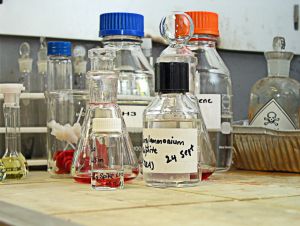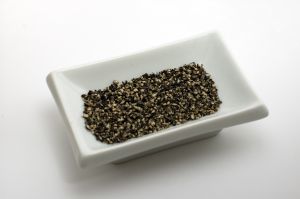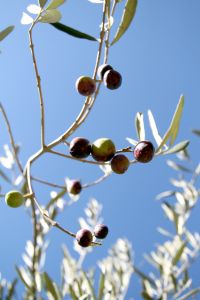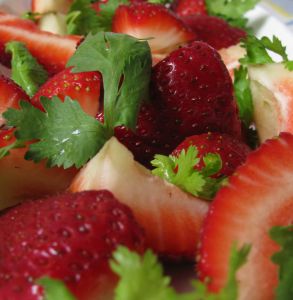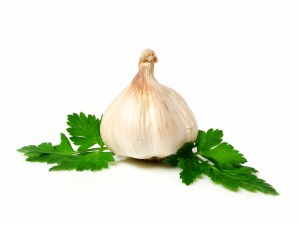 It always amazes me how many things children can find to giggle or laugh about in a day. What happens to our ability to laugh as we get older? My boyfriend's girls, 10 and 12, are constantly giggling at something. I seem to judge each thing on my internal laugh index before I deem it worthy of my laughter! Sheesh!
Don't get me wrong, I have a wicked sense of humor, and use it often. Ask my relatives! But when it comes to expressing hilarity at something someone else does or says ... her come da Judge! lol
It always amazes me how many things children can find to giggle or laugh about in a day. What happens to our ability to laugh as we get older? My boyfriend's girls, 10 and 12, are constantly giggling at something. I seem to judge each thing on my internal laugh index before I deem it worthy of my laughter! Sheesh!
Don't get me wrong, I have a wicked sense of humor, and use it often. Ask my relatives! But when it comes to expressing hilarity at something someone else does or says ... her come da Judge! lol
I've made a promise to myself to laugh at every attempt someone makes to be funny. I get the benefit of the laughter, and they get the benefit of feeling good about making me laugh! Talk about a Win-Win.
Kataria is a physician from Mumbai, India, and is the founder of and chief proselytizer for Laughter Yoga. Based on his teachings over the past fifteen years 5,000 laughter clubs have sprung up worldwide. People meet just to laugh.
So far there are around 200 clubs in the United States, including ones in Atlanta; New York; Orlando, Florida; St. Louis; and Tucson, Arizona. Kataria hopes to change that over the next few years, by training more teachers.
“Our objective is to build an international community of people who believe in love and laughter,” Kataria says.
Near Pasadena, California about 20 people—yoga instructors and health care providers, and retirees—have gathered in a spacious 1910 Craftsman bungalow for this workshop. The five-day training includes sessions on the health benefits of laughter, starting and running a laughter club, and working with particular populations, such as children and the elderly. Most of the time is spent on what Kataria calls his “breakthrough technology”: exercises designed to get people to laugh for no reason.
Combining simple yoga breathing techniques and “laughter meditation” we get to the heart of Laughter Yoga. Kataria promises that Laughter Yoga relieves stress, boosts immunity, fights depression, and eventually makes people into more positive thinkers.
How Laughter Heals
Kataria says, “When you start laughing, your chemistry changes, your physiology changes, your chances to experience happiness are much greater. Laughter Yoga is nothing more than prepping the body and mind for happiness.”
According to Kataria laughter has two sources, one from the body, one from the mind. Adults tend to laugh from the mind. “We use judgments and evaluations about what’s funny and what isn’t,” he says. Children, who laugh much more frequently, laugh from the body. “They laugh all the time they’re playing. Laughter Yoga is based on cultivating your childlike playfulness. We all have a child inside us wanting to laugh, wanting to play.”
The idea that laughter has beneficial effects is not new. Norman Cousins, editor of the Saturday Review, documented his own laughter cure in the 1979 book 'Anatomy of an Illness as Perceived by the Patient'. Cousins was diagnosed in the mid-1960s with ankylosing spondylitis, a painful degenerative disease of the connective tissue that left him weak and barely able to move. Doctors gave him a 500-to-1 chance of recovery.
Instead of undergoing conventional treatments, Cousins checked out of the hospital and into a hotel, where he set up a film projector and played funny movies. He took massive doses of vitamin C and submitted himself to hours of the Marx Brothers. “I made the joyous discovery that ten minutes of genuine belly laughter had an anesthetic effect,” he wrote, “and would give me at least two hours of pain-free sleep.”
Cousins recovered and lived for another 26 years. And, in part inspired by his experience, a handful of scientists began researching the healing power of laughter. William Fry, then a psychiatrist at Stanford University, was one of those people. Fry documented some of the health benefits of what he calls “mirthful laughter.” In a series of studies, Fry and his colleagues found that laughter increases circulation, stimulates the immune system, exercises the muscles, and even invigorates the brain. Other researchers have found that laughter reduces stress hormones and may even help prevent heart disease.
What about forced laughter? Fry believes that aside from the mental stimulation that comes in the moment of discovery when you hear a good joke or appreciate a pun, the effects should be largely the same. “I think it’s definitely beneficial,” says Fry.
 How do you laugh when nothing’s funny? Just open your mouth and force the breath out with your belly! Trust me, it’s going to feel silly at first, but you know, if you get a bunch of people together and do this...you’ll all be genuinely laughing in no time! Try it with your kids, they’re experts at it.
How do you laugh when nothing’s funny? Just open your mouth and force the breath out with your belly! Trust me, it’s going to feel silly at first, but you know, if you get a bunch of people together and do this...you’ll all be genuinely laughing in no time! Try it with your kids, they’re experts at it.
Do you remember the scene in Mary Poppins when Uncle Albert is singing "I Love to Laugh"? Well that should be your training video!
So let’s get started:
Lion laughter Stick out your tongue, widen your eyes, and stretch your hands out like claws and laugh.
Nasal laughter Laugh with your mouth closed and push the air out through your nose.
Silent laughter Open your mouth wide and laugh without making a sound. Look into another person’s eyes and make funny gestures.
Gradual laughter Start with a smile then slowly start laughing with a chuckle. Turn up the intensity of your laugh until you’ve achieved a belly laugh. Gradually bring your laughter back down to a smile.
Heart-to-heart laughter Hold hands with another person and laugh. If you feel comfortable together can touch or hug.
~Hilariously yours! ♥
 ellular structure, it enables us to let go of old habits and beliefs that were programmed in them, and pushes us to new heights and depths of understanding...and challenge us to stay there!
I know my thinking has undergone a shift, and my body and the way I think of it sure have as well.
Below is a starter list of Yes and No foods for breast/prostate cancer. If you'd like a comprehensive list with menu ideas, please write to me.
ellular structure, it enables us to let go of old habits and beliefs that were programmed in them, and pushes us to new heights and depths of understanding...and challenge us to stay there!
I know my thinking has undergone a shift, and my body and the way I think of it sure have as well.
Below is a starter list of Yes and No foods for breast/prostate cancer. If you'd like a comprehensive list with menu ideas, please write to me.





